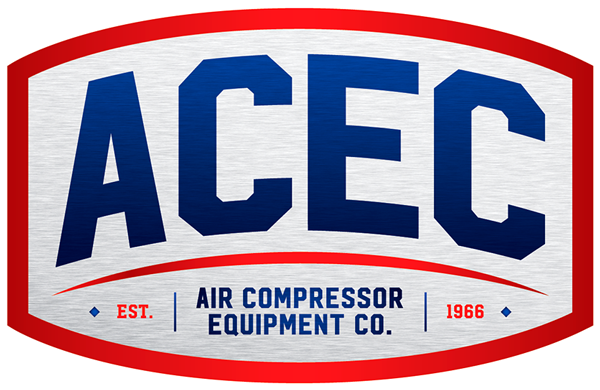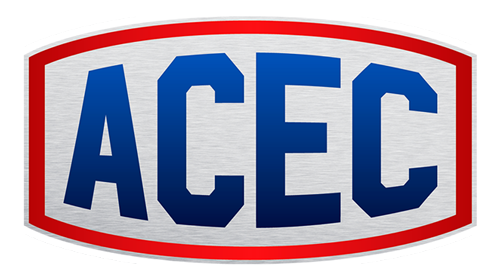Compressor Health
There are many hazards to be aware of that can cause more frequent maintenance or even premature failure of a compressor. Like your vehicle, compressors have fluids and filters that need to checked and replaced periodically and failing to do so can lead to you “being stranded” when your compressor breaks down. However, unlike your vehicle we can control the environment that our compressor is in, reducing the impact of contaminants that cause wear and tear on the compressor’s components. Let’s examine some of these factors and look at how to minimize the impact they have on compressor operations.
Ambient Temperature
Temperate affects everything. Depending on the season we use either refrigerated air conditioning or heat to adjust the climate inside our homes so that we are comfortable, or, at our optimum performance temperature. This is the temperature at which we produce the most efficiency when doing work. Compressors run at relatively high temperatures, but they too have ambient temperature ranges at which they will work most efficiently. Most compressors can handle ambient temperatures ranging anywhere from 35°F to 110°F, however between 50°F and 80°F is preferable.
Let’s refer back for a moment to the example from the “How Compressed Air Is Used” page. As the 8 cubic feet of air is compressed into a 1 cubic foot volume, the air will begin to heat up. This is caused by the air molecules being packed tighter against each other causing friction. This friction causes the particles that make up the air molecules to oscillate or “move” faster which in turn causes more friction. With these laws of physics in action, the compressed air begins to heat up quite rapidly from the inlet of the compressor to the discharge. In fact, discharge air temperatures can reach 100°F above the ambient temperature.
If the ambient air temp is too high, the compressor will shut itself down as a safety precaution and give a H.A.T. (High Air Temperature) warning. H.A.T. shutdowns occur when the discharge air is around the 225°F-230°F range. Temperatures less than 40°F can affect the ability of the fluid to lubricate properly as its viscosity may be too high, resulting in higher oil pressures and possible wear on initial startup.
Water Vapor
Water vapor is mixed in with the atmospheric gases and is present in almost every part of the world, and humidity is the measure of how much water vapor is in the atmosphere. Water vapor fills in the gaps between air molecules and depending on the ambient temperature and pressure, a given volume of air can hold a certain amount of water vapor. Once the volume of air has reached the limit for the water it can hold, the air is considered to be saturated, and the temperature at which this happens is called the dew point. The warmer the air, the more water vapor it can hold, which means more water vapor is ingested by the compressor. This water vapor condenses and turns into liquid water, which can cause damage to the compressor, its related components, and equipment down the line if it is not removed from the system.
Particulates, Aerosols & Vapors
While water vapor is the most common form of aerosol (liquid suspended in a gas), there are many others than can be a byproduct of facility operation. If any type millwork or machining is performed, particles can fill the air resulting in a fine layer of “dust” on surfaces in the area. Also, if there are any volatile vapors present in the area an explosion hazard could exist if they were to compressed and heated. It is extremely important that the compressor area be kept away from these dangers to prevent compressor and equipment damage as well of safety issues. The filtration system of a compressor can only “catch” so much and the more severe the environment the more often maintenance will need to be performed.


